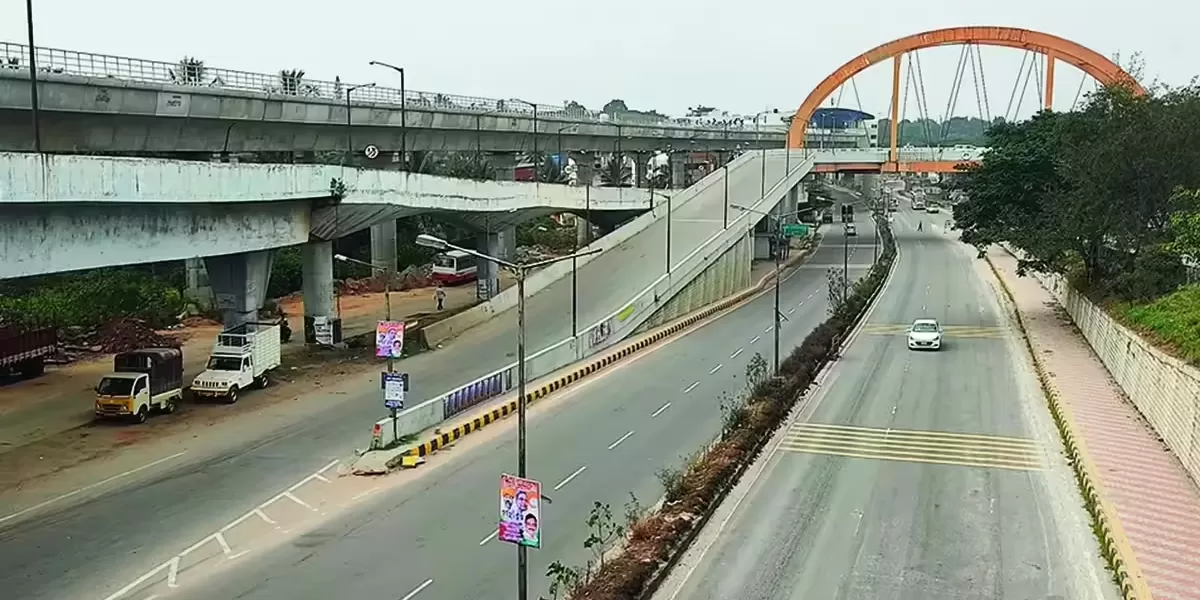The Bruhat Bengaluru Mahanagara Palike (BBMP) is set to resurface nearly a dozen city flyovers with stone matrix asphalt (SMA)?—?a high strength blend of coarse aggregate, rich bitumen binder and cellulose fibres that outlasts conventional hot mix surfaces. Until now the corporation relied on cheaper micro surfacing, but its thin layer failed to smooth out undulations and soon gave way to potholes. Earlier this week the Hebbal flyover became the first structure to receive the SMA treatment, and the civic body now plans similar work on flyovers near Shri?Gali?Anjaneya?Temple, Benniganahalli (Tin?Factory), the Outer?Ring?Road and other key corridors.
Chief Engineer?M?Lokesh noted that flyovers are rarely cut open by utility agencies, making them ideal for a long life surfacing; once laid, the new layer should remain intact for at least five years without major attention. SMA has already proved its worth on KG?Road, which stayed pothole free for over six years, and on stretches such as Margosa Road, Modi Hospital Road, KR?Circle and the HAL underpass. The technology is standard on national highways and was used on Mumbai’s Trans Harbour Link, India’s longest sea bridge.
Most Bengaluru carriageways are still topped with ordinary bituminous asphalt, which deteriorates quickly when quality control is lax. BBMP has lately experimented with concrete overlays, yet pavement design expert Kishore?Kumar?M argues that a properly designed and laid SMA surface can last up to ten years. He cautions, however, that the mix demands specialised equipment, strict supervision and high grade materials?—?capabilities that only a handful of contractors currently possess.
Image source:https://bangaloremirror.indiatimes.com/


